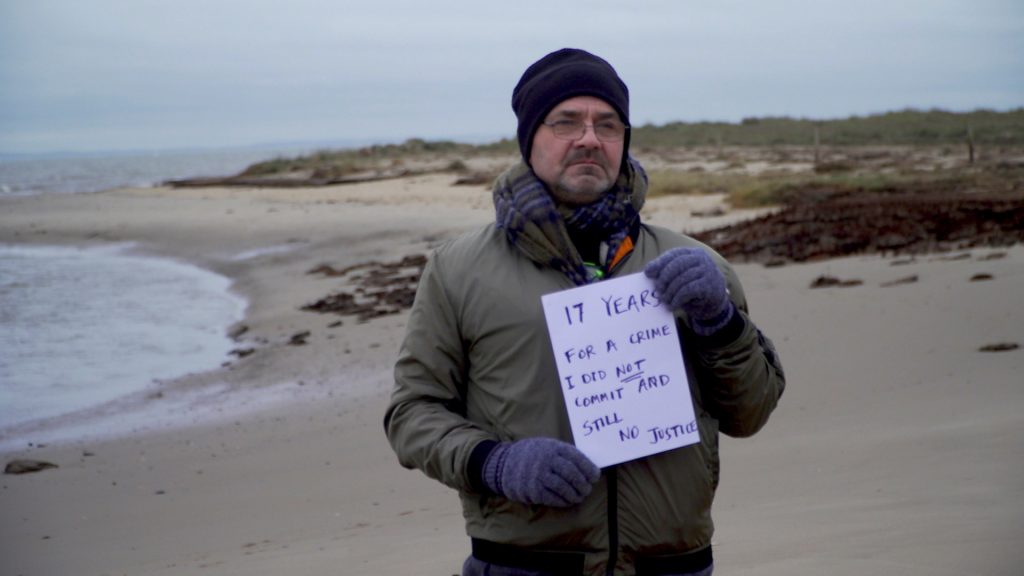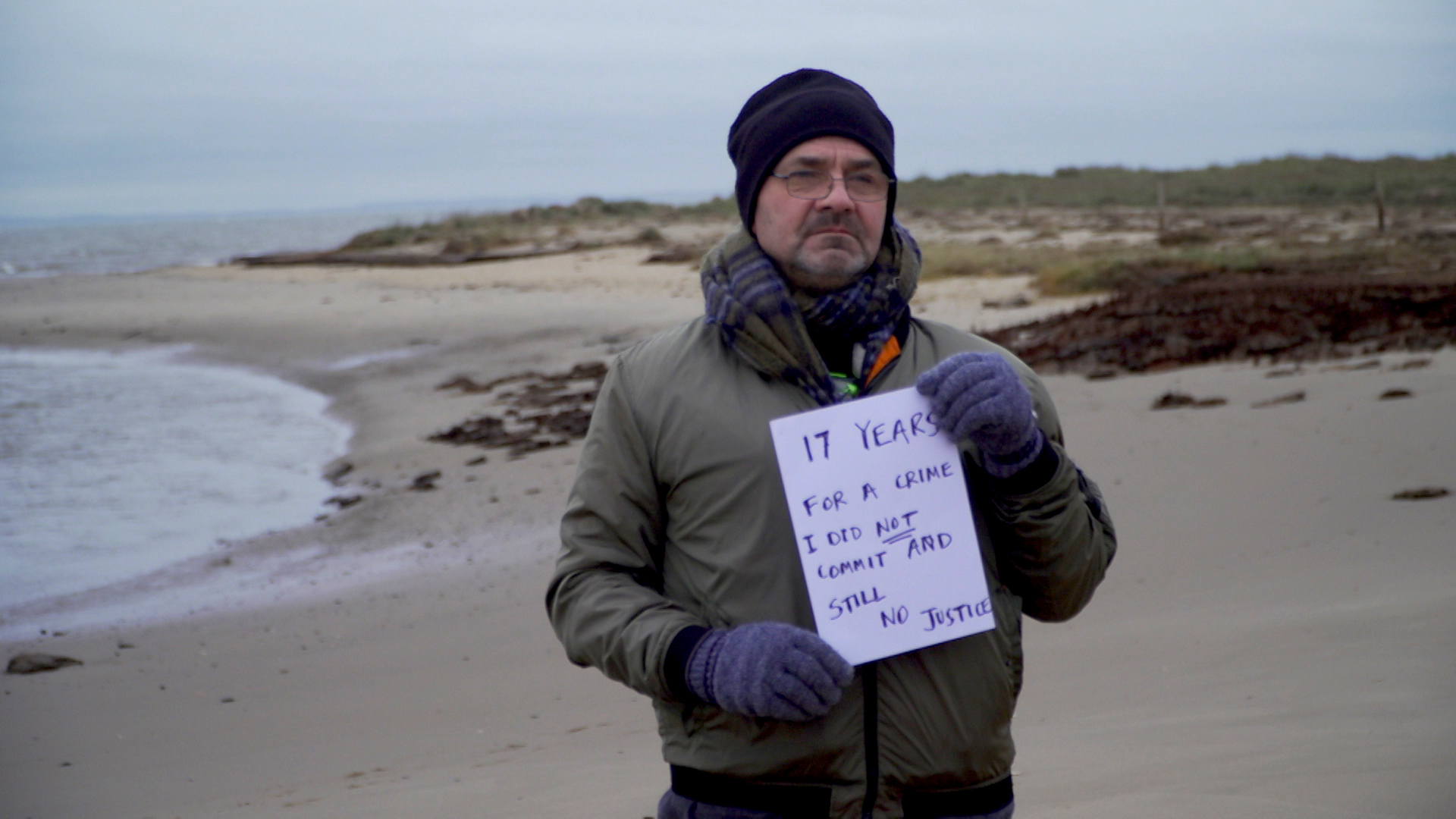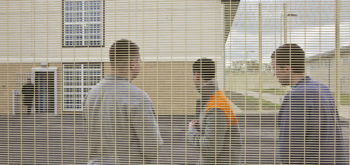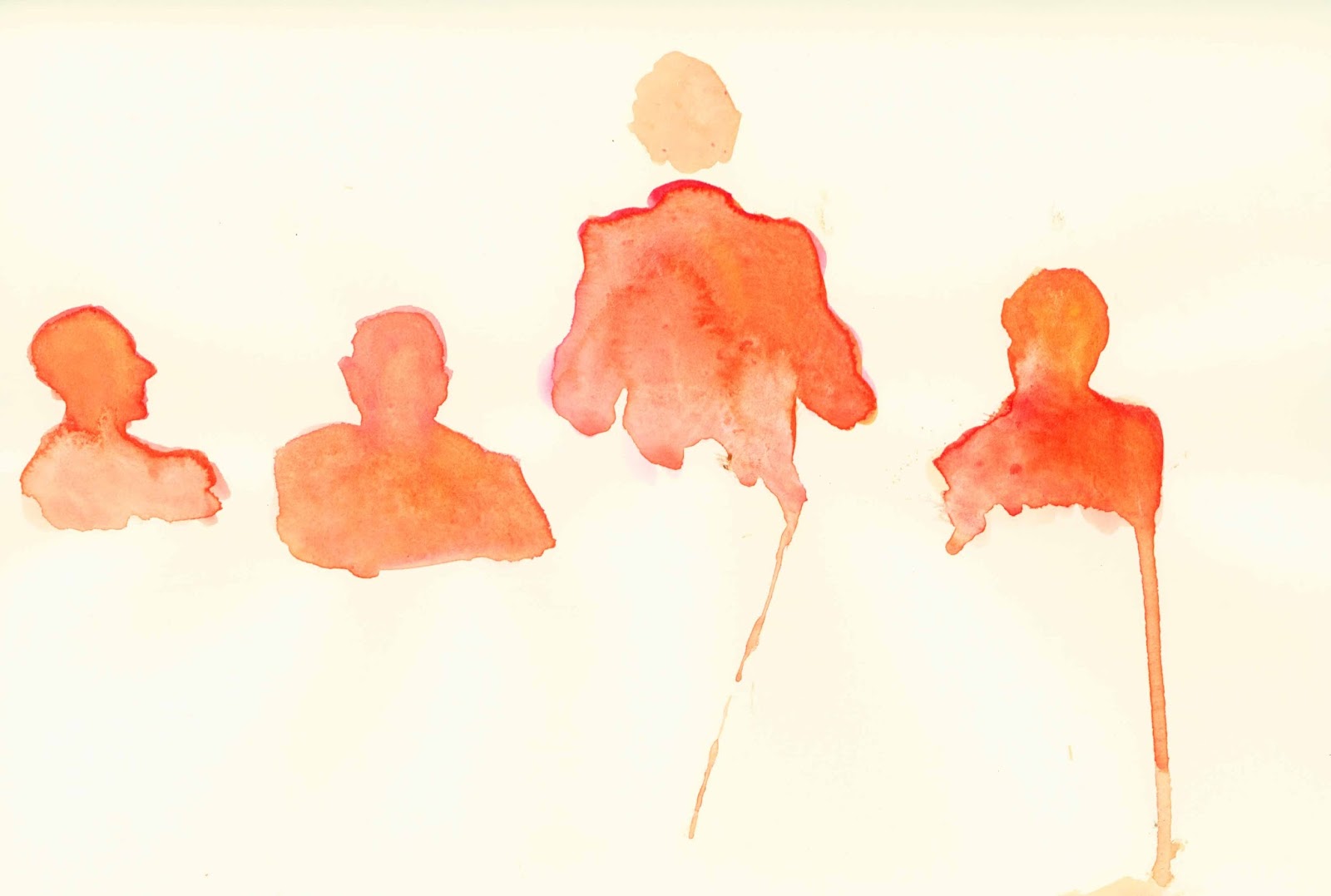The year is 1981. A woman is walking home through a park in Syracuse, New York whilst a freshman at university. She was grabbed from behind in a tunnel, thrown to the ground, kicked, beaten and choked before being brutally raped. She managed to get back to her university campus and report the crime but no suspect was found.
For years afterwards Alice Sebold struggled to rebuild her life, suffering from Post-Traumatic Stress Disorder (PTSD) that included symptoms of hypervigilance, depression and recurring nightmares. She self-medicated with drugs and alcohol and – as way of trying to seize back control of her life – she wrote Lucky, a book about her experiences, which became a bestseller and turned Sebold into a well known writer.
Fast forward 22 years to 2003. The location is Little Hulton, an area in Salford, north England. In the early hours of the morning, during a warm summer, a mother-of-two is walking home alone having had an argument with her boyfriend. In an attack as savage as that inflicted on Sebold, she was strangled, raped and left for dead by a stranger.
The horrific nature of the attacks against these women and the lasting impact they have had are not the only similarities in these stories. In each case, an innocent man was convicted of the crime. Each spent around 17 years in prison and further years living with the restrictions and stigma that come with being a registered sex offender.
In Alice Sebold’s case the man convicted of the crime was Anthony Broadwater. In the UK case it was Andrew Malkinson, a 37 year old working as a security guard, who was arrested after two officers put him forward as a suspect upon hearing the woman’s description.
Last month, Mr Broadwater had his conviction overturned by a New York Supreme Court Justice. Mr Malkinson is APPEAL’s client and – armed with new DNA evidence proving that an unidentified male carried out the rape – is fighting to clear his name. His application is being considered by the Criminal Cases Review Commission for the third time.
It was the police and the prosecution’s approach to these cases that caused the wrongful convictions, not the victims simply ‘picking the wrong guy’. Had better investigations of these rapes been carried out, these men would never have been in the line ups viewed by the victims in the first place.
In each case, the evidence linking these men to the crime was weak while public pressure to secure a conviction was strong. Each conviction rested largely on evidence obtained in flawed witness identification parades, where legal guidance was breached. In each case, the police failed to retain crucial exhibits, limiting the opportunities for new DNA enquiries.
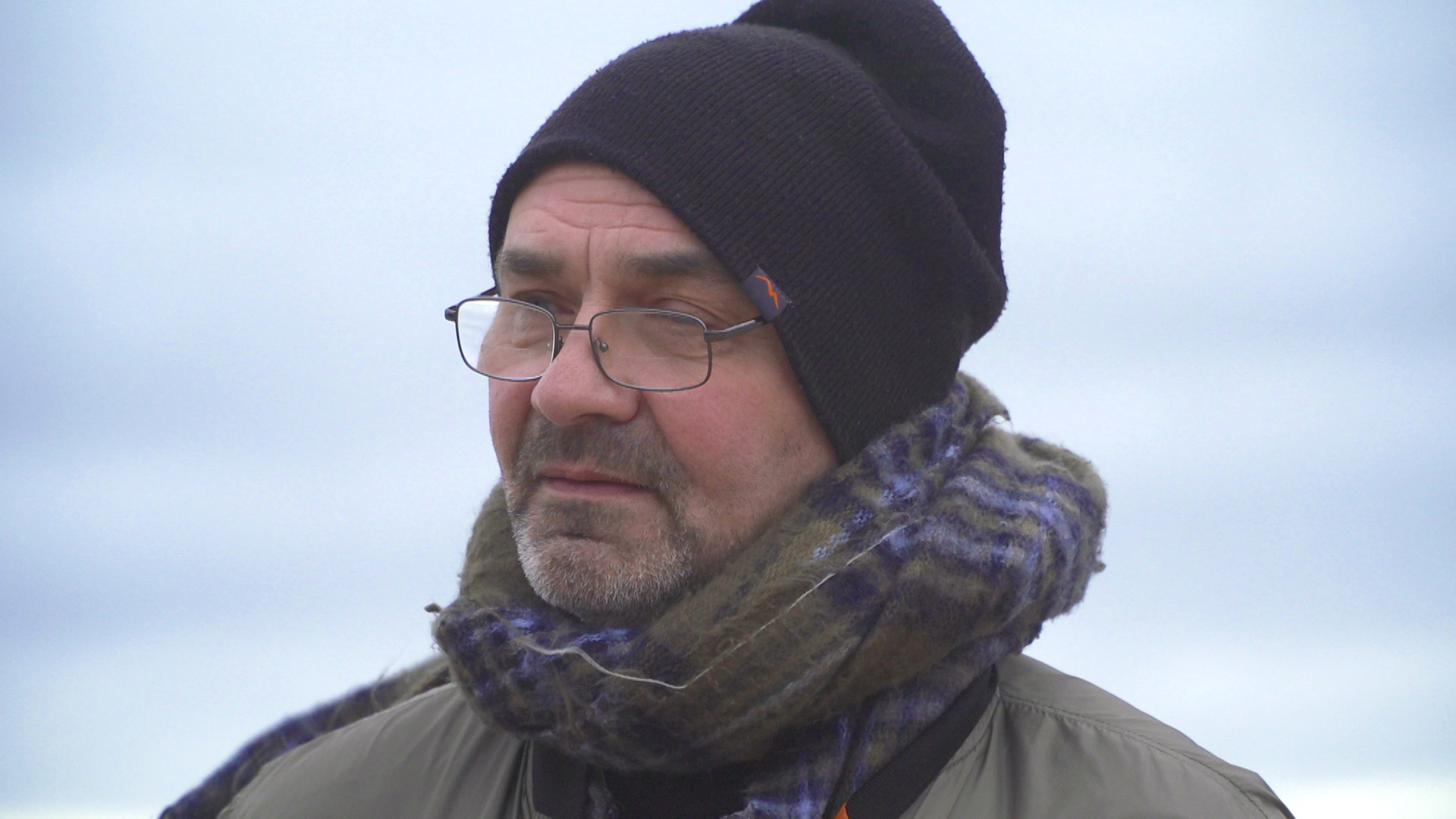 Systematic racism and misleading forensic evidence (‘junk science’) were key features in Mr Broadwater’s conviction, but these are not issues unique to the US. People of colour are overrepresented at every stage of the criminal justice system in England and Wales, as has been shown in various studies, most famously in David Lammy’s 2017 review (whose recommendations are yet to be implemented). Although data is not currently being collated that would answer the question of whether people of colour are more likely to be wrongfully convicted, it is likely to be the case based on what we know about systemic racism in the criminal justice system.
Systematic racism and misleading forensic evidence (‘junk science’) were key features in Mr Broadwater’s conviction, but these are not issues unique to the US. People of colour are overrepresented at every stage of the criminal justice system in England and Wales, as has been shown in various studies, most famously in David Lammy’s 2017 review (whose recommendations are yet to be implemented). Although data is not currently being collated that would answer the question of whether people of colour are more likely to be wrongfully convicted, it is likely to be the case based on what we know about systemic racism in the criminal justice system.
Discredited forensic evidence has contributed to the wrongful convictions of at least 74 people in England and Wales since 1972, most famously of Barry George who was wrongfully imprisoned for the murder of Jill Dando. The only evidence linking George to the murder was a microscopic particle of gunshot residue found on his coat that was later shown to have been just as likely to have come from extraneous sources. The National Registry of Exonerations in the US showcases many instances where similar flawed scientific techniques have ended in miscarriages of justice.
In Mr Malkinson’s case, the police and prosecution failed to hand over evidence that seriously undermined the credibility of key prosecution eyewitnesses. Again, this was far from an isolated incident. Disclosure failures have contributed to the wrongful convictions of more than 145 known individuals since 1972, who have collectively spent 520 years wrongfully imprisoned.
It’s important to bear in mind that, based only on publicly available information, these statistics likely represent the tip of the iceberg – the rate of erroneous convictions of innocent criminal defendants is often described as ‘not merely unknown but unknowable‘.
In Mr Broadwater’s case, there was clear police misconduct as police officers convinced the 18-year-old Ms Sebold, who was highly vulnerable and suggestable, to pick out a different man from the one she had initially identified in the police line-up. In Mr Malkinson’s case, police failed to thoroughly investigate alternative suspects, breached legal guidelines when conducting the identification procedures and later unlawfully destroyed evidence.
The cases of Mr Malkinson and Mr Broadwater are paradigmatic of what is wrong with the US and English justice systems, each garlanded as supposedly being the fairest in the world.
In neither case should blame for the conviction lie with the traumatised rape victims who identified the men. The responsibility to carry out a fair and thorough investigation lies firmly with law enforcement. In Mr Malkinson’s case, police should never have placed him in a line up – as his face did not bear the deep scratch the victim said she gave to her attacker – while some alternative suspects “were never traced, including one, rather more than one who had previous convictions for rape”.
Responsibility for the decision to prosecute based on flimsy evidence lies with the prosecution. The four decades that it has taken Mr Broadwater to clear his name and the fact that 18 years later, Mr Malkinson is still trying, are indicative of ineffective appeal systems. None of this is the fault of the victims.
Yet, in the wake of the media furore that has accompanied Mr Broadwater’s exoneration, Ms Sebold has been vilified for her role in the conviction. The criminal justice community must be careful with its use of language when talking about identification parades and wrongful conviction. ‘She picked out the wrong guy’ is not only victim-blaming, it distracts from the real problem – one which many would rather ignore: our criminal justice system is in desperate need of root and branch reform.
As American campaigner Jennifer Thompson – herself a survivor of a rape for which an innocent man was wrongly convicted – says, ‘the general public has zero comprehension about trauma to the brain and our ability to encode information. We are asking people who have just been violently attacked or people who have just witnessed something horrific to be the key piece of evidence. It’s not the role of the victim to solve a crime, it is the investigators and prosecutors’. And when they fail, of course, the real perpetrator is left at liberty to commit other crimes, like the man actually responsible for attacking Ms Thompson, Bobby Poole. Ms Thompson is emphatic: ‘In wrongful conviction cases there are no winners, except the perpetrator. Crime victims and survivors do not want innocent people to go to prison.’
Emily Bolton is the director of APPEAL and Andrew Malkinson’s lawyer. You can hear more about the flawed evidence in Mr Malkinson’s case in this Sunday Times podcast. Details of Mr Broadwater’s conviction are outlined here. Jennifer Thompson’s work at Healing Justice, with crime survivors, the wrongfully convicted and others harmed by wrongful conviction, can be found here.
